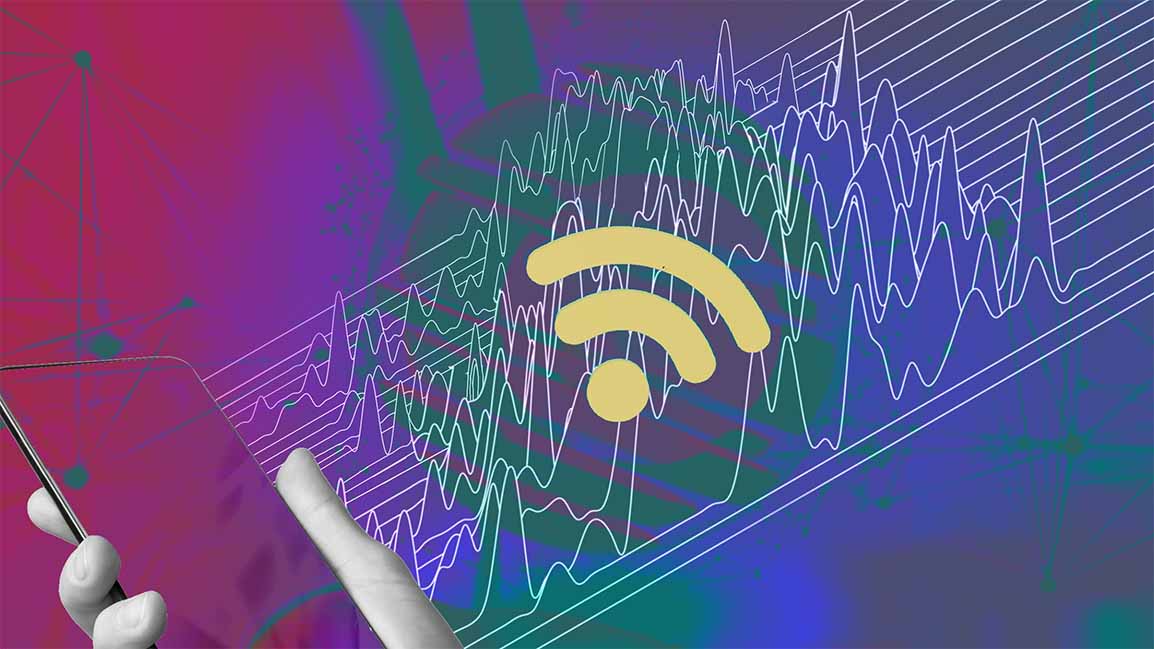- | 3:30 pm
Google and Ericsson successfully test network slicing on Android 13
Strap Network slice selection lets one handset offer enterprise and consumer-grade experiences simultaneously.

Google and European telecom major Ericsson have successfully tested multiple network slices on a Pixel 6 Pro smartphone. The demo showed how one handset could effectively support enterprise and consumer slicing applications through User Equipment Route Selection Policy (URSP) rules.
While the network slicing feature was available in the Android 12 operating system, this test was done explicitly on the phone running on the newly released Android 13 OS.
“The new release sees an expansion of the capabilities for enterprises assigning network slicing to applications through User Equipment Route Selection Policy (URSP) rules, which is the feature that enables one device using Android to connect to multiple network slices simultaneously,” said Ericsson.
“Two different slices were made available on a device’s consumer profile, apart from the default mobile broadband (MBB) slice. App developers can now request what connectivity category (latency or bandwidth) their app will need and then an appropriate slice, whose characteristics are defined by the mobile network, will be selected,” it further explained.
Creating various slices on a network allows users to share sensitive business/enterprise data using a specific slice that offers enterprise-grade network security while attending a call using another.
A network slice creates various virtual networks from the same base mobile broadband and offers an option for different applications or services to access the internet based on their requirements. For instance, an app for cloud gaming or high-quality video streaming might have access to a low latency slice, while a regular messaging app might have regular internet access.
Similarly, network and enterprise applications may have added security and higher priority over regular apps making the data transfer instantaneous and secure. According to a projection by GSMA, the market for network slicing alone in the enterprise segment is said to be over $300 million.
In related news, Finnish tech company Nokia has also successfully conducted a similar trial using its end-to-end 4G/5G network slicing product portfolio across RAN-transport-core and corresponding control and management systems.
Most Innovative Companies comes to the Middle East this October! Click here to know more.
































